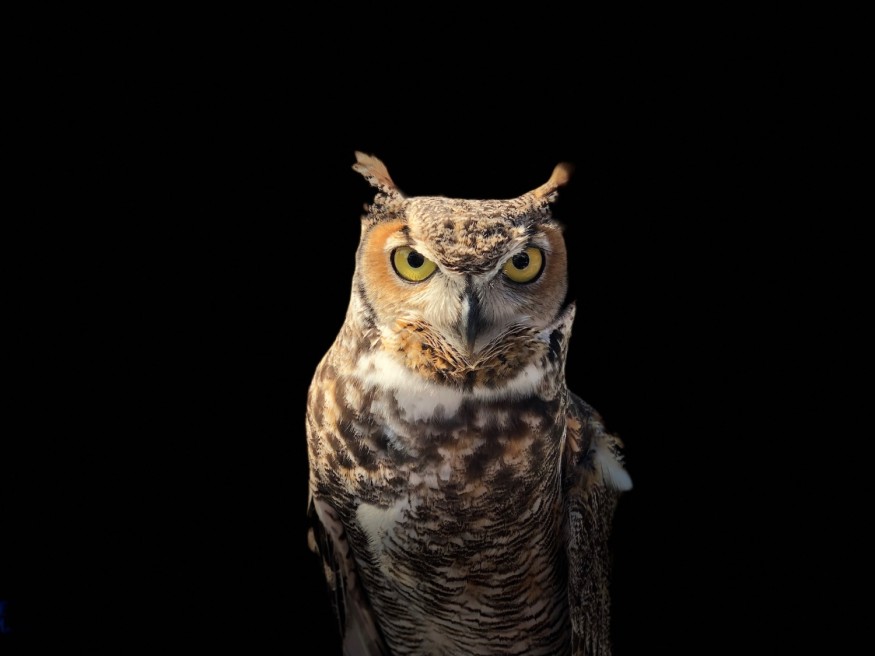Owl eyes have been often described as having accurate sight due to their binocular vision which allows these nocturnal birds to see from different angles, especially when hunting their prey.
In general, owls have also been a symbol of intelligence and wisdom, with their popularity shown in modern pop culture; such as being messengers for wizards in the hit "Harry Potter" movie franchise.
Amid the myriad of qualities possessed by the small yet ferocious avian predator, wildlife experts and biologists have revealed that owls do not have eye balls. Instead, they have tube-shaped eyes instead of the eyes that humans and other animal species possess.
Known as eye tubes or cylinders, owl eyes possess other remarkable sight traits like night vision and far-sightedness.
Owl Eyes Anatomy

Eyes are an evolutionary trait that is an inherent part of the human and animal anatomy, including avians, mammals, reptiles, and other animal groups.
Although the main function of eyes is to receive light from the surrounding environment and create a visual representation of the world, eye tubes are unique with some reports saying they have achromatic vision, which means the birds can only see colors ranging between black, gray, and white.
Despite the range of avian hunters out there like eagles, falcons, and hawks, owls reign supreme as soon as the sun sets, according to the American Bird Conservancy, which highlights that what makes owls standout is their anatomical feature of nictitating membranes, in addition to the superior owl eyes.
According scientists, the nictitating membrane is a "transparent or translucent third eyelid" that are possessed by some animals, allowing protection for their eyes and excretion of moisture while maintaining visibility.
In the case of owls, these third eyelids close horizontally from inside the edge of owl eyes, which adds protection from debris when an owl launches an attack, the bird conservancy says.
Are Owl Eyes Sensitive?
Owl eyes are sensitive and behind their rod-packed retina is another layer known as the tapetum lucidum.
The latter catches any light that passes through the retina and bounces these light particles back to the sensitive rods, the conservancy added.
An owl's eye cylinder not being an eye ball is not the only bizarre fact about the nocturnal predator. In fact, their rod-shaped eyes do not move at all in their sockets as conventional eye balls do.
Experts explained that owls have unique bony structures called sclerotic rings, making their eyes immobile or fixed in one place.
This anatomical feature contrasts with our eyes, which we can move up and down, from left to right, or vice-versa.
Despite their steady eye tubes, owls can still blink thanks to their three eyelids.
Just like with other animals, if an owl did not blink their eyes it would dry up and be vulnerable to damage through injury from constant contact with the outside world and its elements, including dust and other small debris.
Yet, owls do not blink their eyes at the same time, instead, they blink one eye at a time, setting them apart from other birds.
Related Article : Real or Fake? Meet the Rare Magical White Owl With Red Eyes [Video]
© 2025 NatureWorldNews.com All rights reserved. Do not reproduce without permission.





